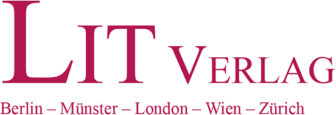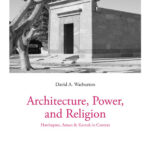Beschreibung
This book explores the fundamental question of the origins and nature of
monumental religious architecture. The principal argument is that the
origins of monumental religious architecture were basically aspatial – and
that the gradual incorporation of functional space into religious
architecture can be related to transformations in religious thought.
Although the discussion ranges across the Old World, the argument centres
on Egypt and the Egyptian female king Hatshepsut: she set the tone for the
New Kingdom by tying her legitimacy to Amun and the monuments she built
for him. This leads into the issues of power and political legitimacy –
and their relevance to myths. The basic contention is that the political
ideologies of the Near Eastern Bronze Age contributed fundamentally to
what later became the phenomenon we know as “religion”, and that the
history of the architecture must be understood in order to understand both
religion and architectural space.
D. A. Warburton has directed archaeological field work and has taught
language and religion at Aarhus University. His research interests include
economic and political history, warfare, colour terminology, stratigraphy
and chronology.


